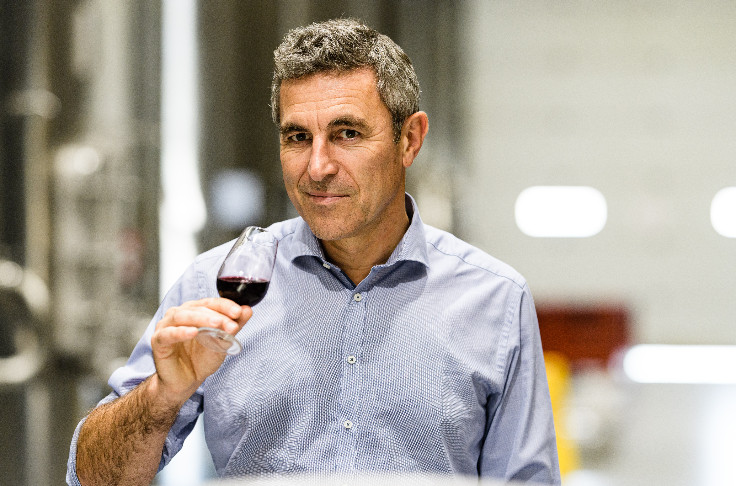Drinking patterns are changing, so is Bordeaux Families’ range of wines

iversification has become the buzz word within the Bordeaux wine industry and is based on tangible marketing evidence: “When you look at the market, it is difficult for a winegrower to make a living from his red Bordeaux wines, which are challenging to produce and market profitably”, says Philippe Cazaux, managing director of the Bordeaux Families co-operative group, which has 300 member growers spread across 5,000 hectares of vines in Entre-deux-Mers. As the leading producer of Bordeaux wines, what was formerly Union de Guyenne is adjusting its product portfolio to match changes in drinking patterns. “It is now more about pre-dinner drinking than food-friendly wines”, sums up Cazaux.
As a direct consequence, “generally speaking, the aim is to reduce the amount of still wines, especially reds, in favour of other colours” says Cazaux, who expects production of reds for the 2022 vintage to be on a par with the small 2021 crop. As a reminder, the French harvest in 2021 plummeted by 25% due to exceptionally bad frost. Production of reds is being frozen and the volumes are being switched to CrĂ©mants de Bordeaux, whose output is being doubled as Blanc de Noirs. There will also be an increase in Protected Geographical Indication (IGP Atlantique) wines and non-GI wines (Vins De France).
The diversification is being designed as a range extension, the aim being to provide “a wine for every drinking occasion”, points out Cazaux. With sales of white wines currently strong, white wines will be made from black grapes. Whilst “Bordeaux rosĂ© struggles to perform”, the director of Bordeaux Families points to consumer interest in IGP Atlantique rosĂ©s. As a major supplier of CrĂ©mant de Bordeaux under the Louis Vallon brand, the co-operative group is continuing to develop this promising category, though constraints such as hand picking and inventory costs will rein in potential output.






